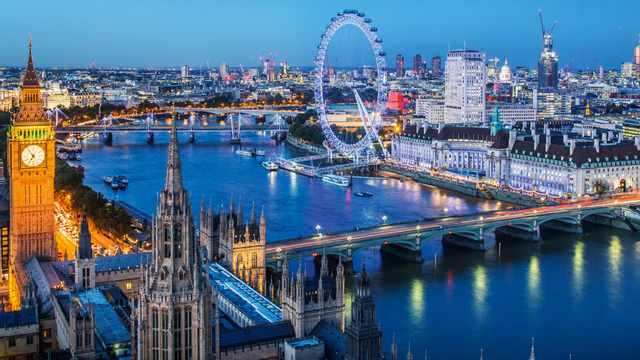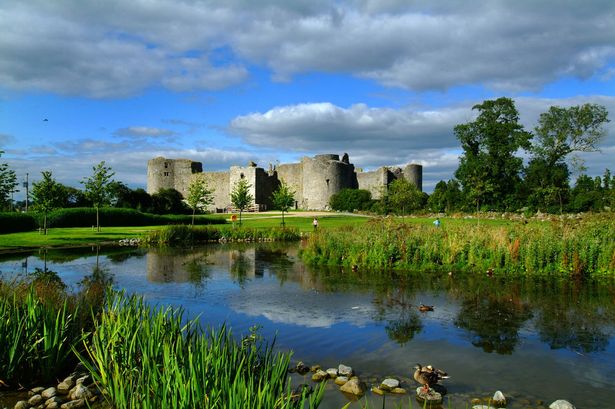Wexford
town is the capital of Wexford Country and it covers the coastal area of the east and south of Wexford. You can reach the town along M11 main route from Dublin. There is also a train service going to the town from the capital. There are approximately 25,000 residents in the area and most of them are businesspeople that run hotels, inns, and pubs for tourists.
The southern region of Wexford harbour where River Slaney’s Estuary lies is closely linked to the town. The local people call Wexford town as Loch Garman. According to a legend, a man named Garman Garbh drowned in the river after the region was hit by a flood. This is how the town got its name Loch Garman.
The history of the city dates as far back to the Vikings era in 800 AD. The records revealed that Vikings remained in the town for around three centuries, ruling the place independently. During 1169, Dermot MacMurrough, the King of Leinster, invaded the area, chasing the Vikings away with the help of Robert Fitz-Stephen. With the Bishop of Ferns as the mediator, the area’s Nordic people reached an agreement with King Dermot for ruling the place together. Wexford soon thrived as an English region after that.
Most of the attractions that you will see in town today are of an ecclesiastical nature. On North Main Street, you will find the must-see St. Iberius Church with its Romanesque-influenced architecture. The twin churches at Bride Street and Rowe Street are also worth a visit. Constructed in 1858 based on the design by Pugin’s student, both are amazing examples of neo gothic church architecture of the 19th century.
But, with Bride Street undergoing major changes, it is easy to see Rowe Street has become more impressive. Selskar Abbey’s ruins together with the adjacent Westgate Tower are equally interesting as well. It is said that Henry II of England did penance at the former the murder of the archbishop of Canterbury, Thomas Beckett. Meanwhile, the latter is the remaining surviving gate in the town wall of Wexford that date back to 12th century and the invasion of the country by the Normans. Other parts of the wall might still be seen at Mallin Street and Abbey Street.
The narrow winding Viking streets in Wexford are also a beautiful sight to behold in themselves. Starting from Selskar, just stroll through Main Street to put yourself right in the midst of the town’s atmospheric buzz. Most of the lanes that link the Main Street and the quay front still exist, especially Keyser’s Lane that was the primary thoroughfare that links the town and the quays during the period of the Vikings.
There is simply no shortage of places to discover as you wander around Wexford. The renovated quayfront offers enjoyable strolls along River Slaney. Main Street as well as the nearby alleyways is also begging to be explored.
No matter what activities you have in mind, you can be sure that Wexford has got something in store for you.










